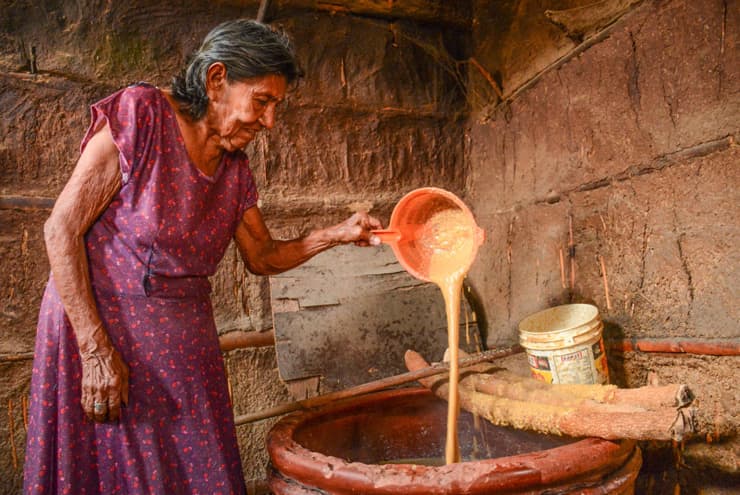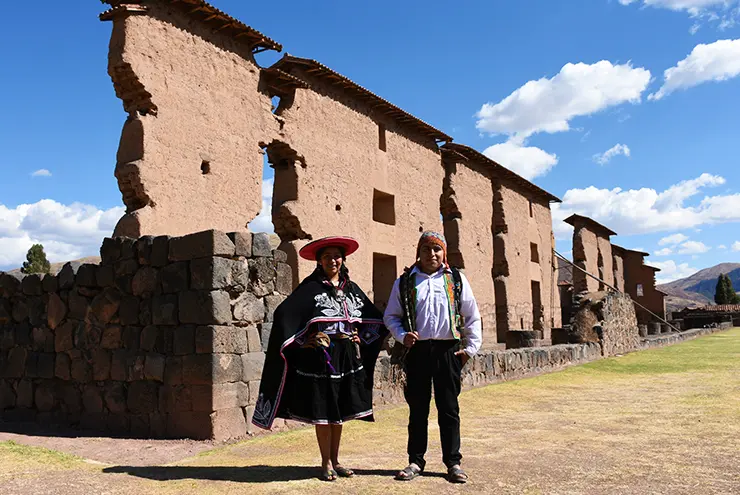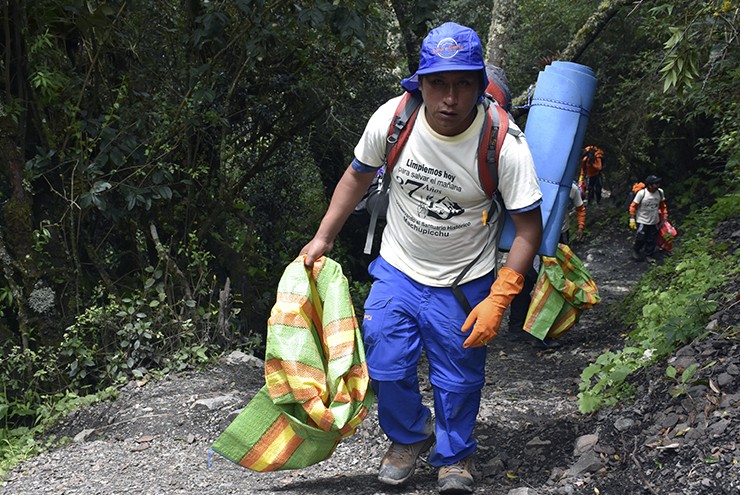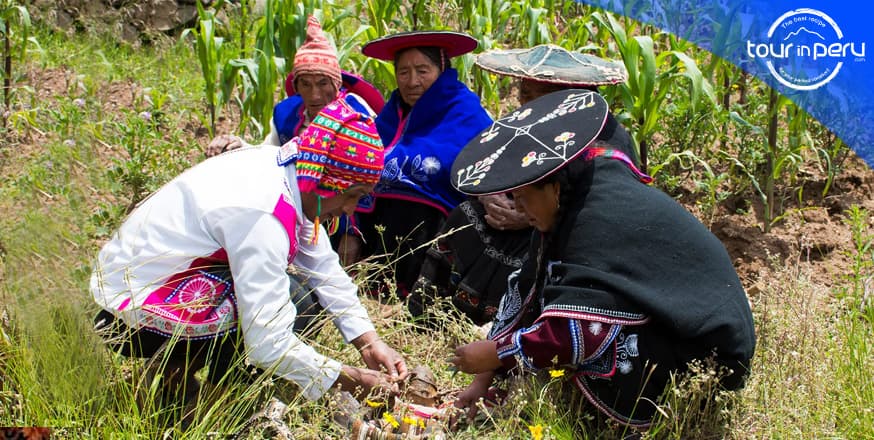Table of Contents
It’s not unusual to get a good wine or even a beer when you travel to Peru. If you book a trip with TOUR IN PERU, you can add wine tasting to your itinerary.
But alcohol’s first appearance in the region of Machu Picchu had nothing to do with mere merrymaking.
Chicha: Ancient Beer of the Incas (its purpose)
Before there were wine and beer for the fun times, there was a heavy corn beer for the sacred times. Ladies and gentlemen, we present chicha. The signature drink of the ancient Incas that was regarded as divine.
Since corn was viewed as a sacred crop, the Incas interpreted drinking chicha as a form of communion between their ancestors, the gods, and themselves. Inca royalty likely consumed the drink from ceremonial cups.
Human sacrifices, especially the children of chiefs that were meant to ascend to godhood, would partake of the drink. This was to cushion them from the pain of the cold, the altitude, and perhaps even the fear of dying.
The drink played a central role in other types of rituals that all aimed at honoring the gods and the mother earth, Pachamama.
To this day it is not uncommon for partakers of chicha to pour a little bit on the ground as a gesture of thanks to the mother earth before downing the rest of the drink.

Making Chicha
Inca women were taught how to brew the drink in special feminine schools.
The ancient process involved chewing the corn and spitting it into a jar and letting it ferment in water for several weeks. Saliva activated the fermentation process, transforming starch into sugar. Entire groups of women would chew the corn and spit the final result into containment for fermentation.
Chicha that you purchase from a restaurant in an urban setting will likely be produced using malted barley. It will taste like sour beer.
Brewing chicha at home is commonplace in Peruvian culture. A home brewery that is open to the public will have a red flag or a red plastic bag hanging outside. It is one of the world’s most affordable alcoholic drinks, only costing around 20 cents of a US dollar.
A fair warning: the ancient brewing process using human saliva is still around. It’s even found its way into tourism as a way of offering an authentic experience. If you don’t have a strong stomach or you feel that such production methods are unsanitary, then you might want to limit your chicha drinking to restaurants.

Chicha’s Today
The word chicha has come to encompass a family of drinks. The chicha swilled down by the ancient Incas is today’s chicha de jora.
The flavor of the drink is a taste that takes newcomers a while to acquire. It hasn’t been “domesticated” like the flavors of mainstream beers. It is often tart and tangy and retains its corn flavor. Depending on where it’s brewed, it can also be quite thick.
There are sweeter versions of this drink that are traditional chicha mixed with strawberry juice or fruit puree. Just as for a fruitillada.
For those with an aversion to alcohol, there is a non-alcoholic variation of chicha made from purple corn. It’s more akin to juice than beer.
Since chicha is ubiquitous to Peruvian culture, it’s no surprise that the drink has also spawned a musical genre named after it. Simply plugging in the word chicha to whichever music streaming service you prefer will get you plenty to listen to.a

You could even look up how to make chicha at home. But why not have an authentic experience with it for yourself? Contact TOUR IN PERU and make an arrangement to visit Machu Picchu with some chicha in your belly, just like old times.








